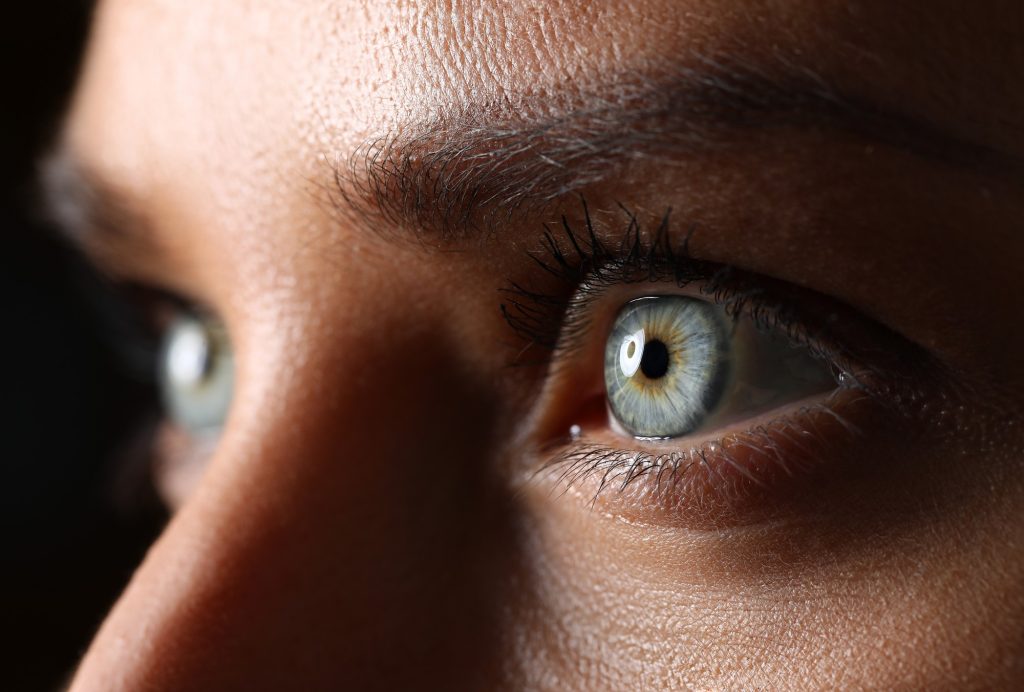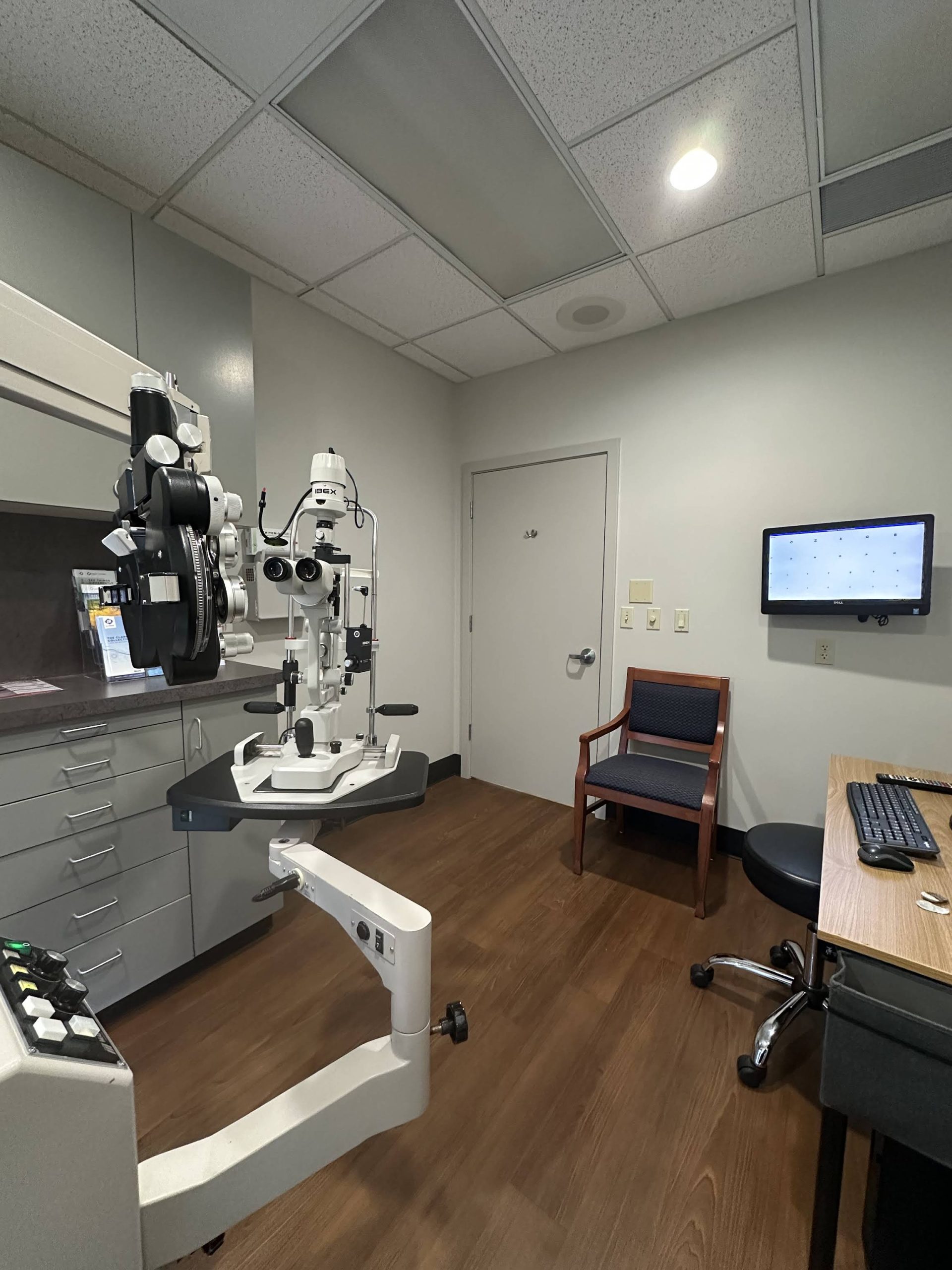
Myopia Management: Understanding, Treatment, and Prevention
Myopia, commonly known as nearsightedness, is a refractive error, caused by a longer-than-average eyeball length, that affects millions of people worldwide. It occurs when the eye is unable to focus light properly, causing distant objects to appear blurry while close objects are seen clearly. This condition has become more prevalent in recent decades, and with this rise, there has been a growing emphasis on myopia management—approaches designed to slow the progression of the condition, especially in children.
In this blog post, we will dive into what myopia management is, how it works, and the various treatment options available to help manage this vision issue.
What Is Myopia?
Myopia occurs when the eyeball is too long or the cornea is too curved, causing light entering the eye to focus in front of the retina rather than directly on it. This results in blurry vision when trying to see objects in the distance. Myopia typically begins in childhood and progresses as the eye continues to grow. By the time many individuals reach adulthood, the condition may stabilize, but for others, it can worsen over time.
While myopia can be corrected with glasses or contact lenses, these solutions don’t address the root cause of the condition: the shape and growth of the eye. This is where myopia management comes into play.
What Is Myopia Management?
Myopia management refers to a set of strategies designed to slow the progression of myopia, particularly in children and young adults. While there is no cure for myopia, the goal of management is to prevent the condition from worsening to the point of high myopia, which can increase the risk of other vision problems, such as:
- Retinal detachment
- Glaucoma
- Cataracts
- Macular degeneration
By intervening early and employing the right techniques, the progression of myopia can be slowed, potentially reducing the risk of these long-term complications. Myopia management takes a multifaceted approach, utilizing various treatment methods and regular monitoring to achieve the best outcomes.
How Does Myopia Management Work?
Myopia management primarily focuses on controlling the growth of the eye to prevent it from elongating further. This is important because a longer eye increases the severity of myopia. Several treatment options work by altering how light is focused on the retina or by changing the way the eye develops.
Through various mechanisms, these treatments aim to:
- Slow eye growth
- Reduce the elongation of the eyeball
- Prevent the worsening of refractive errors
The strategies involved often combine optical interventions, pharmacological treatments, and lifestyle modifications to offer the best chances of managing myopia in children and young adults.
Treatment Options for Myopia Management
- Orthokeratology (Ortho-K)
Ortho-K is a non-surgical, reversible treatment that uses specially designed gas-permeable contact lenses to reshape the cornea overnight. The lenses are worn while sleeping, gently flattening the cornea and temporarily correcting the refractive error.
Ortho-K is most commonly used for children and young adults. It’s a popular choice because it allows the wearer to have clear vision during the day without the need for glasses or regular contact lenses. The effects of Ortho-K are temporary, and the lenses must be worn nightly to maintain clear vision.
How it works:
- Ortho-K lenses reshape the cornea’s curvature, reducing the eye’s tendency to elongate.
- This helps slow the progression of myopia over time.
FDA Status: FDA-Approved for Corneal Reshaping (But Not Specifically for Myopia Control)
The lenses themselves are FDA-approved for use as contact lenses to correct vision. However, using them specifically for myopia management (slowing myopia progression) is not the primary indication, so it is considered an off-label use. Despite this, many eye care practitioners use Ortho-K for myopia control, and it’s backed by substantial clinical evidence.
- Multifocal Contact Lenses (MiSight lenses)
Multifocal contact lenses, similar to bifocal glasses, have different zones that focus light at different distances. These lenses provide clear vision both at near and far distances and are designed to reduce the progression of myopia.
The design of multifocal lenses helps in controlling peripheral defocus, a visual effect that encourages myopia progression. By redirecting light toward the retina’s center, these lenses help slow eye growth, which in turn slows the worsening of myopia.
How it works:
- The lenses create different focal points to control how light is focused on the retina, minimizing the stimulus for the eye to elongate.
FDA Status: FDA-Approved for Myopia Control
Multifocal contact lenses specifically designed for myopia management are FDA-approved for children and adults. These lenses have a proven track record of slowing myopia progression in younger patients. However, the FDA approval covers myopia control in general and not a specific brand or model, so it’s important to check with your eye care professional regarding the best options.
- Atropine Eye Drops
Atropine is a medication that has been shown to slow the progression of myopia. When used in low doses (typically 0.01%), atropine eye drops can help reduce eye growth. This treatment has become increasingly popular in recent years due to its effectiveness and ease of use.
The exact mechanism by which atropine works isn’t fully understood, but it is thought to involve reducing the eye’s response to light and inhibiting excessive elongation of the eyeball.
How it works:
- Atropine drops are usually administered once daily in the evening before bed.
- They have been shown to reduce the progression of myopia by up to 50% in some children.
FDA Status: Off-Label Use for Myopia Control
Atropine drops are not FDA-approved for myopia management, and their use for this purpose is considered off-label. However, clinical trials and real-world studies have demonstrated their effectiveness in slowing myopia progression in children, making it a widely used option by practitioners.
- Refractive Surgery
While refractive surgery, such as LASIK or PRK, is commonly used to correct myopia in adults, it is generally not recommended for children or teenagers, as their eyes are still growing. These procedures permanently reshape the cornea to reduce or eliminate the need for glasses or contact lenses.
However, surgery is not a form of myopia management, as it doesn’t address the progression of the condition in growing eyes. It only offers a permanent solution to those whose myopia has stabilized.
FDA Status: FDA-Approved for Refractive Correction (Not for Myopia Management)
While LASIK, PRK, and SMILE are FDA-approved for correcting myopia in adults, they are not used for controlling myopia progression, especially in children. The primary goal of these procedures is to provide permanent correction of vision once the refractive error has stabilized. Therefore, refractive surgery is not considered a form of myopia management, and its use for controlling myopia in children or teens is not recommended.
- Lifestyle Changes and Environmental Modifications
While not a specific treatment, lifestyle changes can play a significant role in managing myopia. Research has shown that increased time spent outdoors may reduce the risk of myopia progression, possibly due to the increased exposure to natural light and the reduction in close-up activities, like reading or screen time.
Some recommendations include:
- Encouraging children to spend at least 2 hours per day outdoors.
- Limiting screen time and close-up activities.
- Taking regular breaks during reading or screen use (the 20-20-20 rule: every 20 minutes, look at something 20 feet away for 20 seconds).
The Importance of Early Intervention
Early intervention is key to successful myopia management. If myopia is diagnosed early and treatment begins at a young age, the chances of preventing high levels of myopia later in life are greatly improved. Regular eye exams are critical for detecting myopia early, particularly in children, as they may not always recognize the symptoms or understand the changes in their vision.
Conclusion
Myopia is a common vision issue that, when left unaddressed, can lead to serious long-term eye health complications. Fortunately, there are now multiple myopia management options available that can slow its progression and help preserve long-term eye health. From Ortho-K lenses to atropine eye drops, the growing range of treatments offers more choices for those looking to manage this condition effectively.
If you or your child is struggling with myopia, it’s important to speak to an eye care professional who can offer personalized advice on the best course of action. With early intervention and the right treatment plan, myopia progression can be slowed, leading to better eye health in the future.
-Young min Chung, OD

